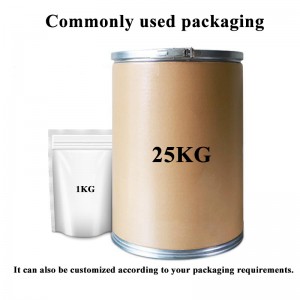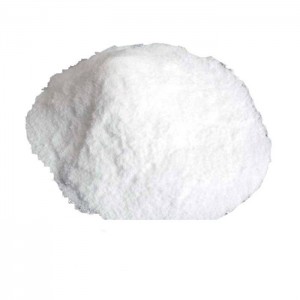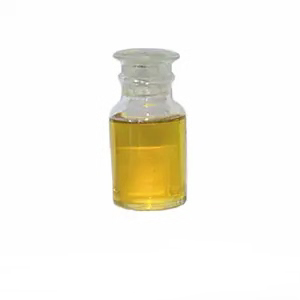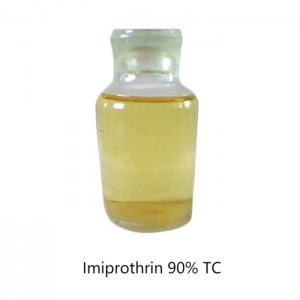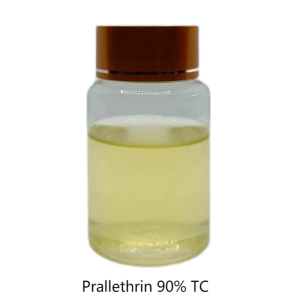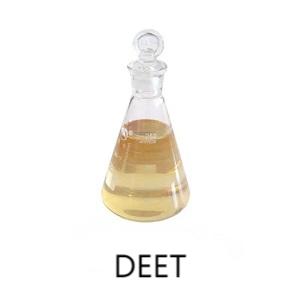Diclazuril CAS 101831-37-2
Basic Info:
| Product Name | Diclazuril |
| Appearance | White crystal |
| Molecular Weight | 407.64 |
| Molecular Formula | C17H9Cl3N4O2 |
| Melting point | 290.5° |
| CAS No | 101831-37-2 |
| Density | 1.56±0.1 g/cm3(Predicted) |
Additional Info:
| Packaging | 25KG/Drum, or as Custimised requirement |
| Productivity | 1000 tons/ year |
| Brand | SENTON |
| Transportation | Ocean,Air |
| Place of Origin | China |
| Certificate | ISO9001 |
| HS Code | 29336990 |
| Port | Shanghai,Qingdao,Tianjin |
Product Description:
Diclazuril is a triazine Benzyl cyanide compound, which can kill chicken tenderness, heap type, toxicity, brucella, giant Eimeria maxima, etc. It is a new, efficient and low toxic anti coccidiosis drug.
Features:
Diclazuril is a brand new artificially synthesized non ionic carrier type anti coccidian drug, which has an anti coccidian index of over 180 against the six main types of Eimeria in chickens, it is a highly effective anti coccidian drug and has the characteristics of low toxicity, broad-spectrum, small dosage, wide safety range, no drug withdrawal period, non-toxic side effects, no cross resistance, and not affected by the feed granulation process.
Usage:
Anti coccidiotic drugs. It can prevent and cure many kinds of coccidiosis, and is used to prevent Coccidiosis in chickens, ducks, quails, turkeys, geese and rabbits. Countermeasures to prevent the development of drug resistance: Due to long-term use of an anti coccidian drug, resistance can occur. To avoid the development of resistance, shuttle and alternate medication can be used in the prevention plan. Shuttle medication is used throughout the entire feeding cycle, with one type of anticoccidial agent used in the early stages and another type of anticoccidial agent used in the later stages. Taking turns using medication, for chickens raised within a year, using one type of anticoccidial drug in the first half of the year and another type of anticoccidial drug in the second half of the year can make the resistance generate electricity or not, extending the lifespan of the anticoccidial drug.






